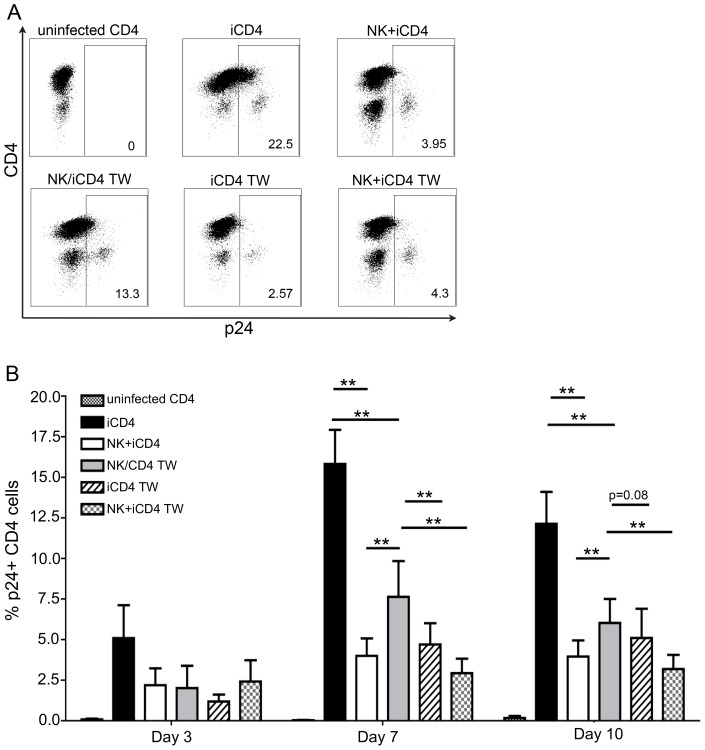Figure 1. NK cells inhibit HIV replication in autologous HIV infected CD4 T cells in a contact dependent manner.
(A) Flow plots show the frequency of p24 positive CD4 cells from a single individual cultured for 7 days under the following conditions: uninfected CD4 T cells cultured alone, infected CD4 (iCD4) cells cultured alone, iCD4 cells cultured with autologous NK cells in the same well at a 10∶1 NK∶iCD4 ratio (NK+iCD4), iCD4 cells and NK cells cultured in separate transwell chambers at a 10∶1 NK∶iCD4 ratio (NK/iCD4 TW), iCD4 cells cultured alone in the upper chamber of a transwell with NK cells and iCD4 cells cultured together in the lower transwell chamber at a 10∶1 NK∶iCD4 ratio (iCD4 TW), iCD4 cells cultured with NK cells in the same transwell chamber at a 10∶1 NK∶iCD4 cell ratio (NK+iCD4 TW). (B) Bar graphs show the frequency of HIV infected cells on days 3, 7 and 10 under the same culture conditions as described in (A) for up to 12 individuals. One subject was positive for *h/*y+B*57, 7 were 3DS1+*80I, 2 were Bw6hmz, 1 was 3DS1+Bw4 not *80I and 1 was 3DL1hmz+*80I (not B*57). Bar height and error bars represent the mean and the standard error of the mean for each group. Lines linking bars indicate comparisons where means are significantly different. “*” = a p-value<0.05, “**” = a p-value of <0.01.

